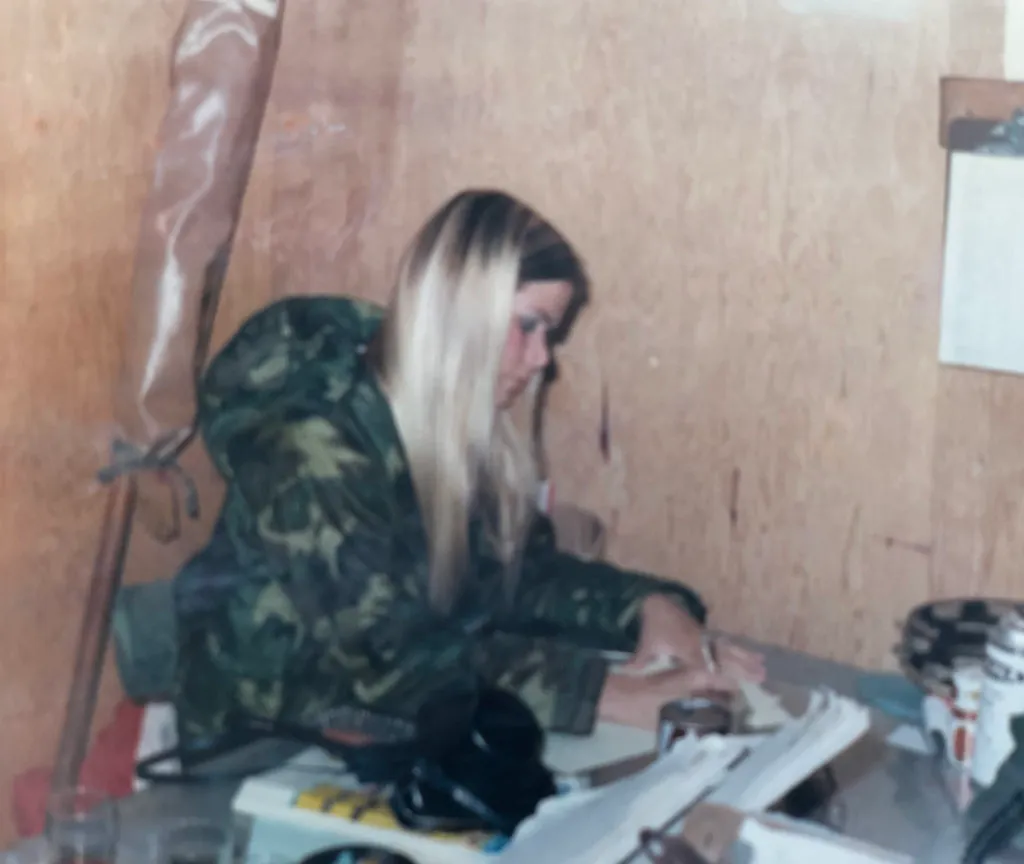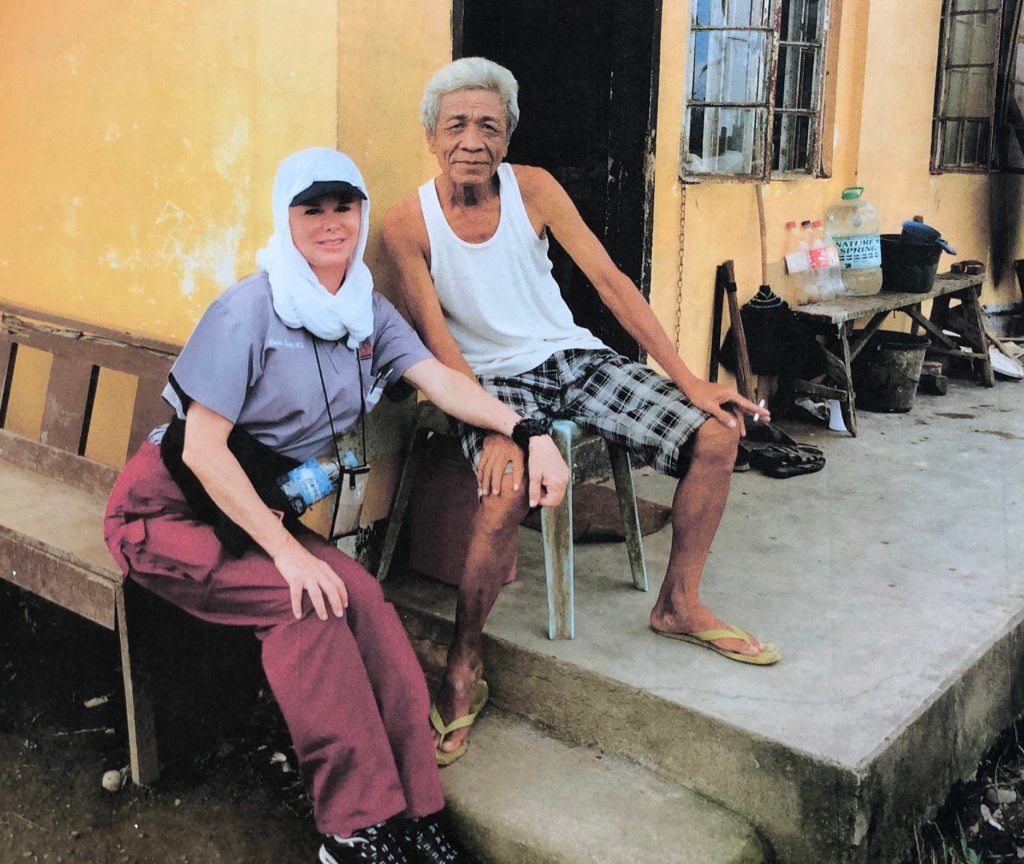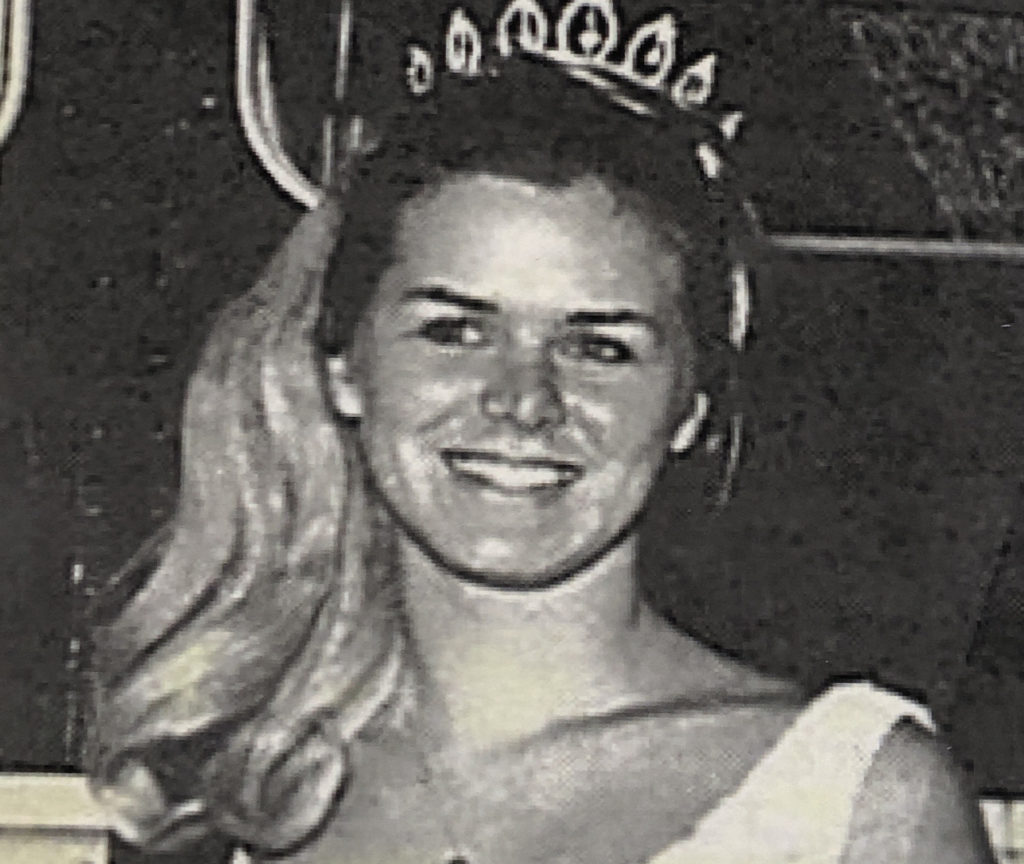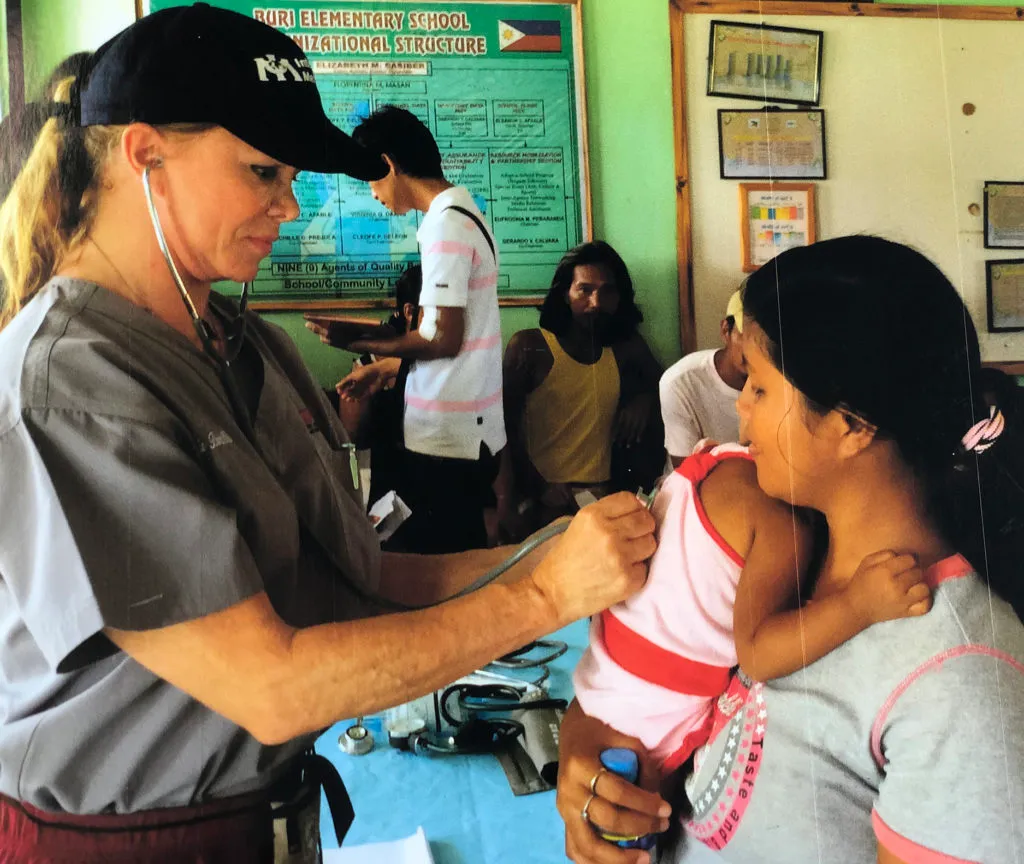When Barbie Barrett was 14 years old, she thought she had killed a woman. Volunteering at her local nursing home, she was assisting another resident when an elderly woman rang her bell for a bedpan.
“I carefully balanced the woman with one missing leg on the bedpan — which is already really scary when you’re 14 — and she clutched my chest and screamed. She died in my arms,” Barrett said. “I figured I’d killed her because I put her on the bedpan.”
Barrett recalled the vow she made that day in the nursing home to never be so helpless in an emergency situation.
“I thought, I’m going to be a doctor, and I’m going to cure the world,” Barrett said. “Of course, I found out later that you can’t cure the whole world — but you certainly can make a dent.”

Barrett faced resistance as a woman pursuing medicine in the 1970’s. When her father, a general surgeon, found out she had been accepted to medical school, he was not happy.
“You would have thought that someone had died in our house that day,” Barrett remembers. “He said, ‘You can’t be a doctor — you’re taking up a young man’s seat.’”
After being the only girl in her medical school class, Barrett was seldom recognized as a doctor.
“I was never called ‘doctor.’ It was always ‘honey’ or ‘nurse,’” Barrett said. “My kids even said, ‘Mom, you can’t be a doctor — you’re a girl’ when they came home from school.”
Despite these barriers, Barrett did not let it stop her from traveling as a first responder to countries like the Philippines after the 2013 typhoon and Haiti in the aftermath of the 2010 earthquake.
More often than not, Barrett departed these disaster sites with less than she had come with, leaving behind her bedazzled “ready pack” full of expendable clothing and Barbie bandages, hot pink stethoscopes and signature sparkly red Dorothy heels. Barrett said that she packed intending to leave everything behind.

“I always throw on a few extra plastic bracelets, because there are always little kids that you can send home with a plastic bracelet and a smile,” she said.
The former Miss Teen World, however, was just as comfortable in glitz and glitter as in violent and even dangerous situations. In her time in Papua New Guinea, she served amid tribal conflicts, learning to sleep with her boots on in case she would have to escape from a retaliatory attack.

Looters and violence were also common during her time at the Port Au Prince General Hospital in Haiti. Barrett recalled walking down the streets littered with bodies to care for, and patients laying on the floor of a hospital frequently robbed of its ventilators, incubators and equipment.
“You would have to step over people lying down at the hospital entrance to get into the hospital,” Barrett remembered. “I happened to bring a sheet with me in my sleeping bag, and I used that one sheet all day, for everyone bleeding and dying and giving birth. I would take it home and wash it and then bring it the next day.”
Barrett said that the most important quality for a first responder is to be flexible and willing to do whatever is necessary to help in a situation. Once, in the aftermath of Hurricane Katrina, a young girl who came to the hospital was too afraid to take a shower alone because she had been raped.
“I got in the shower with her, and I helped her scrub down because she was so afraid and didn’t want to be alone,” she said. “So a lot of times you end up not being a doctor but just being a person.”
In her free time, the mother of six runs a private anti-aging clinic where she focuses on regenerative medicine and advanced skincare procedures. Now retired from the Stanford Emergency Department, Barrett said she is enjoying ranch life in Reno, raising 30 chickens and getting involved with animal orphanages. Recently, she performed a leg operation on a chicken who was limping.
“If I can do it on a human, I can do it on chicken,” she reasoned.
“It’s really hard to take your white coat off after all these years,” Barrett consigned. She retired this year from her job as a physician and assistant emergency medicine professor at Stanford — which she insists isn’t the end of her career. As a member of the Stanford Emergency Medicine Program for Emergency Response, Barrett will continue to save lives in and out of the emergency department — and wear her iconic sparkly heels while she’s at it.
Contact Rachel Kavalakatt at rkavalakatt ‘at’ gmail.com.
